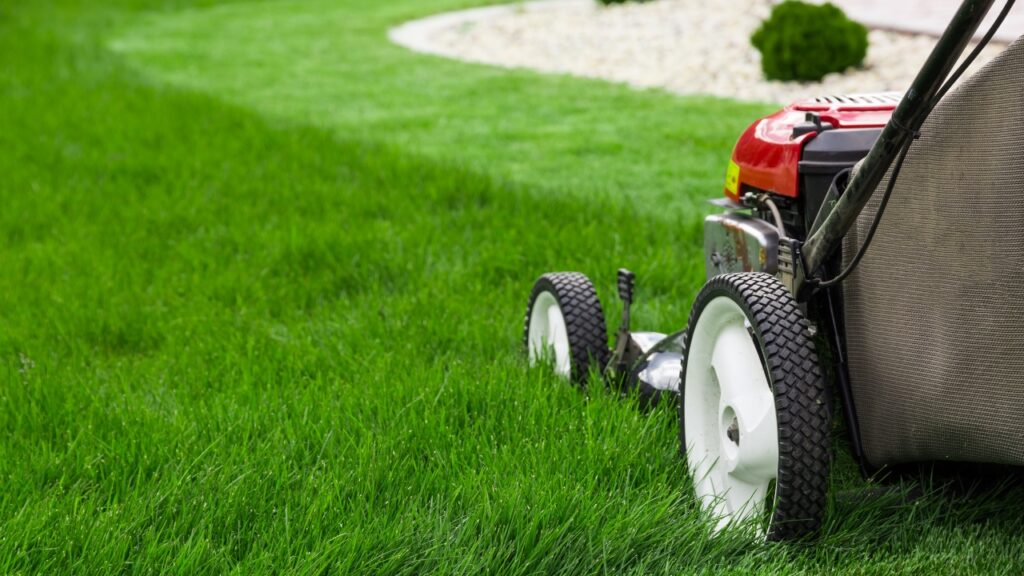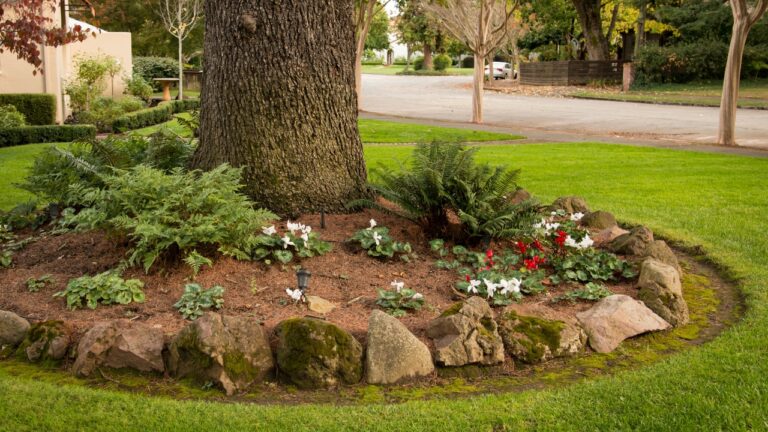Lawn Rules That Go Out the Window in Triple-Digit Heat
When it’s consistently over 100 degrees outside, you can forget half the lawn tips you’ve heard before. The rules change when the heat gets real.
Mowing Too Low

Cutting your grass short might seem like a neat, clean look—but it stresses the turf out when it’s already baking in the sun.
Raise your mower blade. Taller grass holds moisture better and shades the soil, keeping roots healthier in extreme heat.
Watering Daily

It’s tempting to water a little every day, but that leads to shallow roots. Deep, infrequent watering is better.
Let the sprinkler run longer, less often—early in the morning. That helps the water actually soak in before it evaporates.
Fertilizing in the Heat

Fertilizer during a heat wave is like asking a sick person to run a marathon. You’ll burn the lawn and waste your money.
Wait for cooler temps, or stick to organic compost if you absolutely have to feed it.
Expecting Green Grass All Summer

Some grasses naturally go dormant when it gets too hot. If you’re freaking out about a little browning, you might be wasting water and time.
Focus on keeping it alive, not lush. It’ll bounce back when the temps ease up.
Using the Same Grass Type Everywhere

One-size-fits-all doesn’t work with lawns in the South. Shady areas, sloped patches, and full-sun spots all need different turf.
Trying to grow the same grass across the whole yard will leave some parts fried and patchy by July.
Applying Weed Killer Midday

Many weed killers don’t play well with extreme heat. Spraying them at noon in 100-degree weather is a great way to scorch your lawn.
If you must treat, do it in the early morning or evening—and read that label twice.
Ignoring Shade Stress

Even shaded areas can suffer in high temps, especially under trees that suck up water fast.
Check shady patches often. They may need extra water or different grass altogether to survive the heat.
Walking All Over It

When the lawn’s heat-stressed, foot traffic wears it down fast. Avoid heavy use of any areas that are already struggling.
You might want to rope off certain sections until things cool off and the grass recovers.
*This article was developed with AI-powered tools and has been carefully reviewed by our editors.







